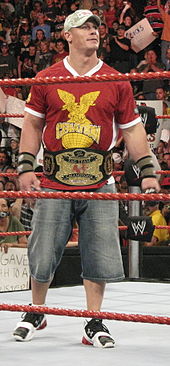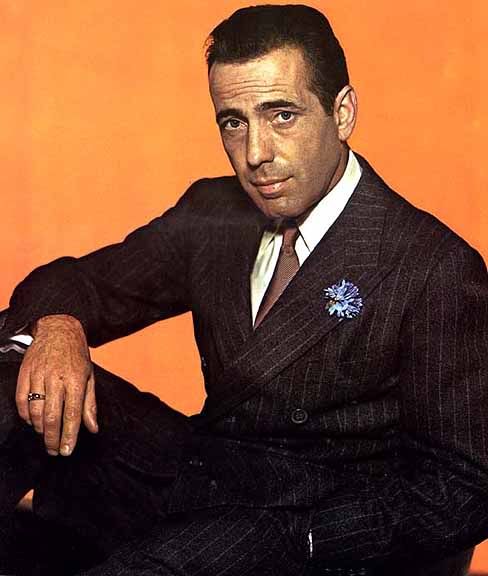Transportfan
Senior Member
Not to sound too much like an old fart, the 60's youth revolution of "do your own thing" and "let it all hang out" was taken literally in a non-fashion sense, somehow giving people permission to appear in public in ways that would have been unthinkable in earlier generations. The emphasis on youth led to the infantilization of menswear, where we see today grown men appearing in restaurants dressed for dinner like 8-year olds on the playground (shorts, caps, t-shirts, etc.).
But men are still surprisingly old school and traditional when they dress up. Women have actually taken that casualization trend much further, and have adapted casual wear such as t-shirts and tank tops as dressy outfits, something which would be unthinkable for men. What surprises me is that ppl are amazingly nearly oblivious to this fact, and actually think men don't know how to dress up properly.








